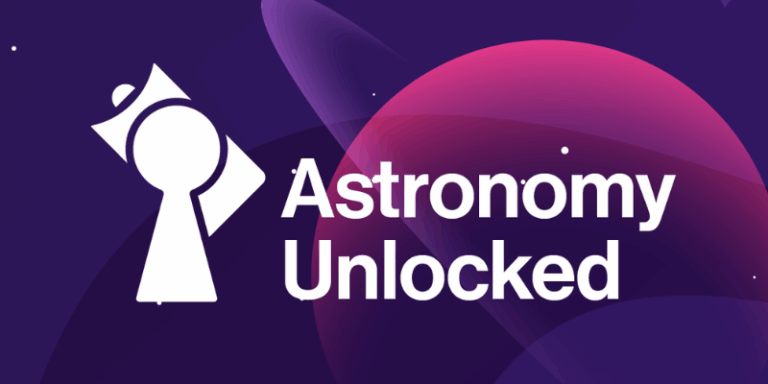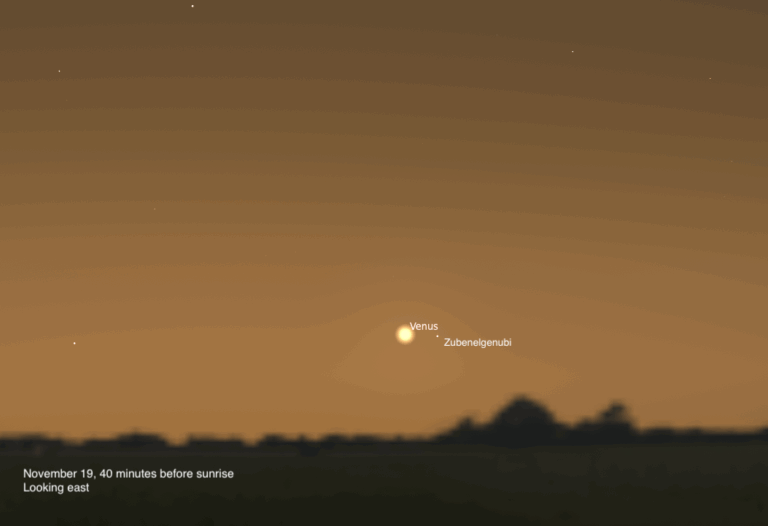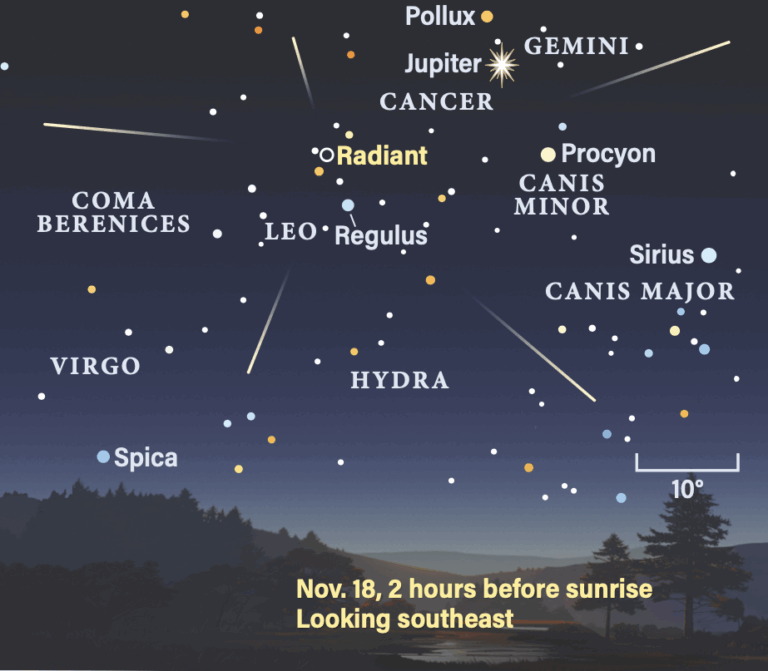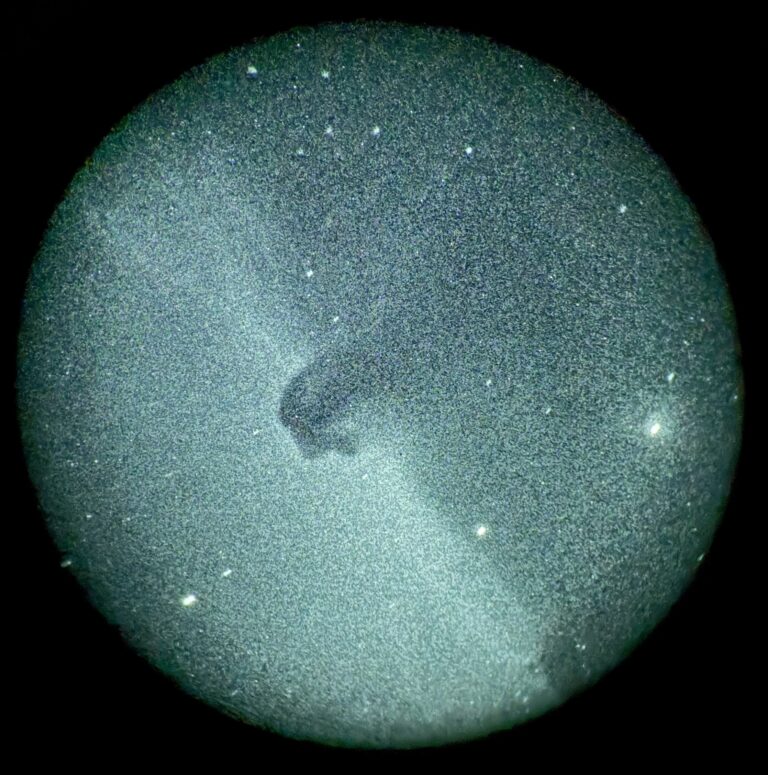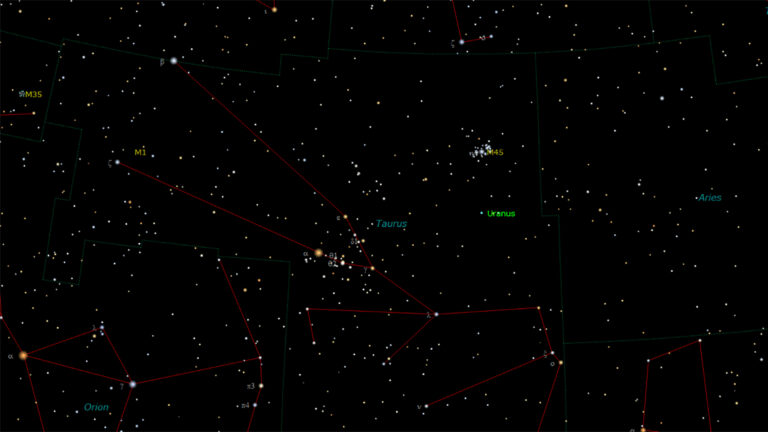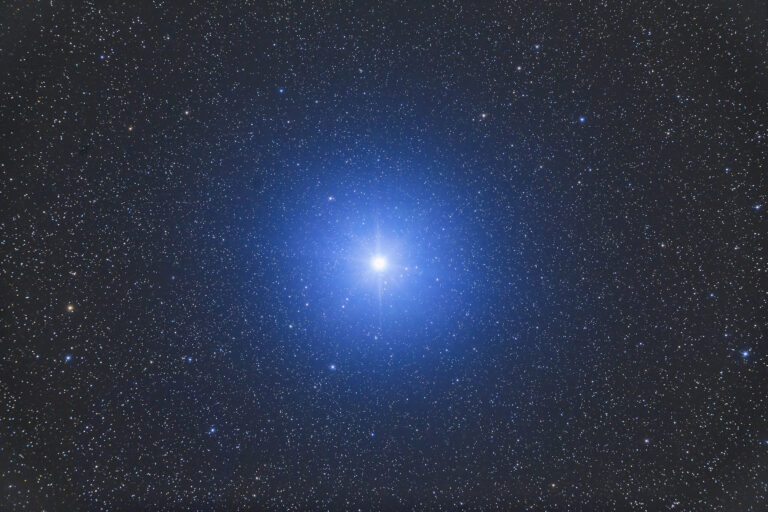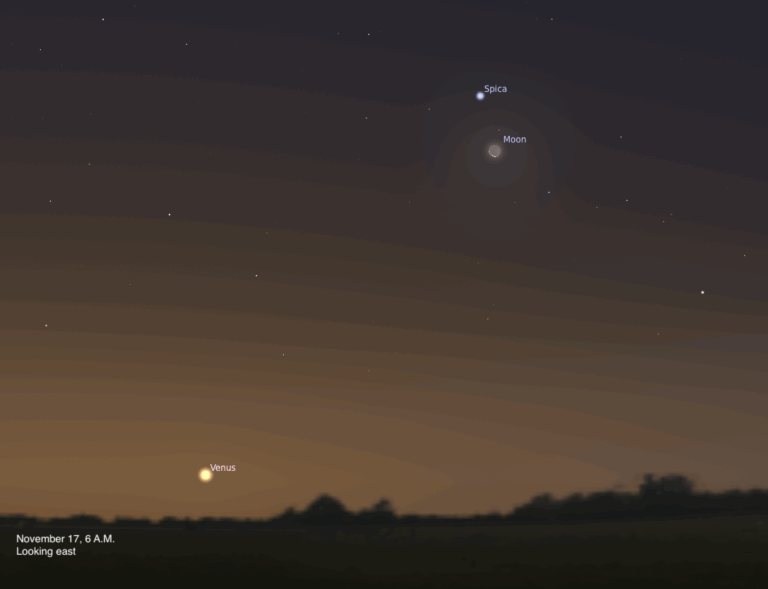Key Takeaways:
Venus, the planet nearest to Earth, and Jupiter, the solar system’s biggest world, are headed for a morning meeting. As the brightest planets in the sky, the pair makes a conspicuous sight in eastern twilight.
During the next week, watch Jupiter edge ever closer to Venus. As the planets draw together, they’ll begin to resemble a pair of celestial headlights — an appropriate comparison for an event that graces the morning commute.
The planetary dance culminates February 1, when the two worlds lie a little more than one Moon-width apart. That’s so close, observers with telescopes can view both planets at the same time by using low-power, wide-field eyepieces. What’s more, Jupiter’s four biggest moons will be on display as well. Observers can take in six worlds with one view.
Although the two planets seem to be in danger of colliding, appearances can be deceiving. On February 1, Jupiter lies 562 million miles (904 million kilometers) away. That’s more than 4.5 times farther than Venus, which is 124 million miles (200 million km) distant the same morning.
Even so, a telescope will show Jupiter’s 33″ width is nearly 3 times the size of Venus’ disk. The reason, of course, is that giant Jupiter, the solar system’s largest planet, is 12 times Venus’ size.
From January 25 and February 1, look low in the southeast in the hour before dawn. The two brightest star-like objects are Venus and Jupiter. Venus is the brighter of the two.

Venus and Jupiter make their closest approach to each other February 1. That morning, use a telescope and a low-power eyepiece to take in both planets — and all four of Jupiter’s biggest moons as well. This illustration shows the conjunction as it will appear in a low-power telescope; insets show the planets’ relative sizes and illuminations. Astronomy: Roen Kelly


